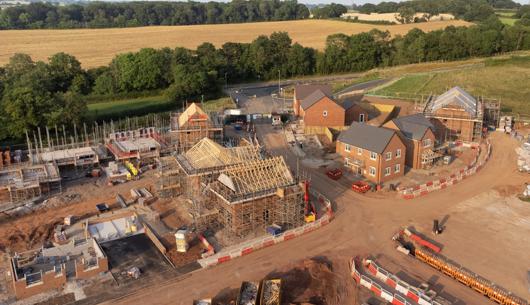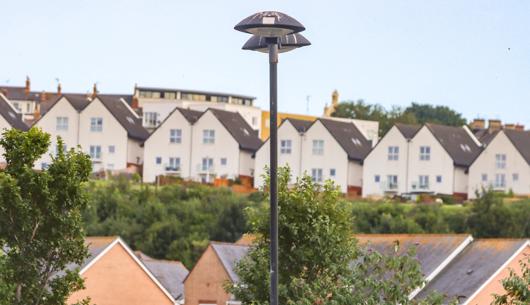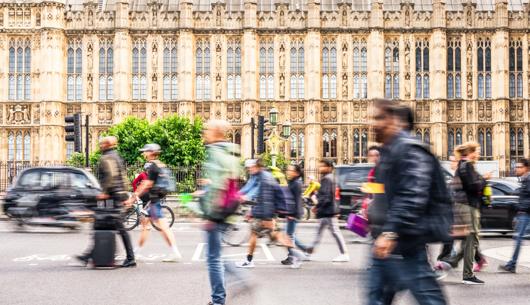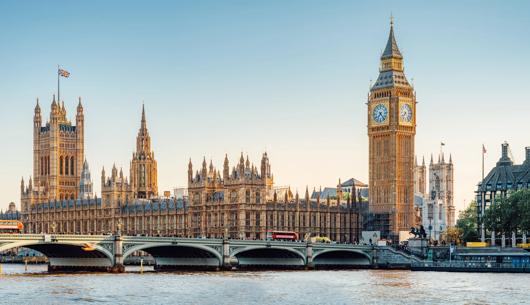Tindall and another (Appellants) v Chief Constable of Thames Valley Police (Respondent) 23/10/2024.
The Supreme Court have handed down their decision in this case today. This is an important decision for those acting for public authorities, looking at the issue of where the dividing line falls between failing to protect a person from harm, and making matters worse.
The factual circumstances of the case involved two accidents which occurred on an icy road on 4 March 2014. At 04:30 Mr Kendall skidded on a patch of black ice and his vehicle ended up in a ditch by the side of the road. He was injured but able to get out of his vehicle. He walked up the road and tried to warn other road users. He telephoned 101 and spoke to the police. Shortly afterwards the police, fire service and ambulance arrived. Police officers put up a ‘Police slow’ sign on the road. The ambulance then took Mr Kendall to hospital and shortly afterwards the police and fire service, having ensured that the vehicle in the ditch was not causing any obstruction to other motorists, left the scene. When leaving, the police also removed their sign. A matter of minutes later, at some point between 05:45 and 05:52 another driver, Carl Bird, also skidded on black ice and slid across the carriageway into a head on collision with Mr Tindall’s vehicle. Sadly, both drivers died at the scene.
The actions of the police officers were investigated by the IPCC who concluded that they were responsible for gross negligence manslaughter and misconduct in public office. A referral was made to the CPS however they decided not to proceed with a prosecution of the officers.
A 5 week Inquest was also held, in which the Coroner’s summing up concluded that the police officers ‘should’ have done more. The Coroner found that the officers should have stayed at the scene until the gritter arrived and they should have closed the road.
Against this backdrop, a civil claim for damages was brought by Mr Tindall’s estate against the police (and other organisations involved). In response, an application was made by the police to strike out the claim as disclosing no case in law, or in the alternative, seeking summary judgment on the basis that the claim had no real prospect of success. The application failed at first instance before Master McCloud, but succeeded in the Court of Appeal. The claimant then appealed further, and it was in this context that the matter came before the Supreme Court.
The Claimant’s case on appeal was that, but for the arrival of the police, Mr Kendall would have continued his attempts to alert other road users to the hazard. They therefore argued that the police had made matters worse.
The Supreme Court, in their judgment, reviewed the key case authorities on acts and omissions, noting the general rule that there is no duty of care to protect a person from harm. The Lords were particularly assisted by the helpful summary of the exceptions to the general rule set out in the opening sentence of an article by Stelios Tofaris and Sandy Steel, “Negligence liability for omissions and the police” (2016):
“In the tort of negligence, a person A is not under a duty to take care to prevent harm occurring to person B through a source of danger not created by A unless
- A has assumed a responsibility to protect B from that danger,
- A has done something which prevents another from protecting B from that danger,
- A has a special level of control over that source of danger, or
- A’s status creates an obligation to protect B from that danger.”
Whilst the Claimant’s case relied upon all 4 of the exceptions, the focus of their argument was on exception (ii) where A has done something which prevents another from protecting B from that danger – referred to as the ‘interference principle’.
The claimant argued that in this context, ‘A’ represented the police, who prevented another, ie Kendall, protecting ‘B’, Tindall or other road users, from danger, ie ‘but for’ the arrival of the police, Kendall would have continued to warn motorists.
The Supreme Court endorsed the ‘interference principle’ as a correct statement of English law which they considered was a manifestation of the principle ‘not to make matters worse’.
However, the Court stated at paragraph 58 of the Judgment, that:
“It is not enough to show that the Defendant has acted in a way which had the effect of putting off or preventing someone else from helping the Claimant. Rather, in line with the well-established approach to establishing any duty of care, for a duty to arise, it is necessary to show that a Defendant knew, or ought to have known, (ie that it was reasonably foreseeable) that its conduct would have this effect.”
The Court noted that there was nothing to suggest that the police knew that Kendall had been making efforts to warn other motorists of the ice hazard prior to their arrival. As far as the police were aware when they attended, Kendall was a victim and not a rescuer. This was a factual lacuna in the claimant’s case. Accordingly, the Court found that there was no reasonable basis for the argument that a duty of care was owed by the police to the claimant on the basis of the ‘interference principle’, because the police had displaced Mr Kendall.
Noting that this appeal was in the context of a strike out/summary judgment application, the Supreme Court also dismissed the Claimant’s argument that this ‘missing’ evidence could turn up at Trial and that a full trial was therefore required. The Supreme Court held that this was unrealistic and never a good reason to avoid summary disposal of a claim. They noted that it had been 10 years since the accident and there had been an IPCC investigation, police disciplinary tribunal, an inquest and these proceedings. The Court therefore had sufficient information to assess and dismiss the case.
The Supreme Court also dealt with the other exceptions (i), (iii) and (iv).
In relation to Assumption of responsibility, the stumbling block for the claimant was that there was no evidence of any communication or interaction between police officers, Kendall or Tindall, on which it could be said that they ‘relied’ on the police.
In relation to the allegation that a duty arose because the police took ‘control’ of the scene of the accident, the court noted that the black ice was in fact 184 metres from where Kendall’s car had ended up in the ditch. The police took control of the scene where the car ended up, and not the area 184 metres away. The Court therefore felt that the Claimant’s allegation ‘glossed over’ this point.
In relation to any duty of care based on the ‘special status’ of the police, the Supreme Court were unable to make sense of this argument in this case, noting that the police are the primary body legally entitled to intervene and use force to protect citizens from criminal activity. Accordingly the claimant was also unable to make out a duty of care on this basis.
A ‘fall-back’ argument put forward by the claimant within their pleaded case was that ‘but for’ the police attendance the fire service would have taken control of the scene – although this was not advanced in their oral submissions. Nonetheless the Court addressed this and again held that this argument was unsustainable. The fire service’s role was to check that Kendall had got out of his vehicle and that the vehicle was not in a dangerous position for other road users. There was no evidence that the fire crew regarded their responsibility was to protect road users from the hazard of ice or that they would have done so but for the presence of the police. Furthermore, there was no evidence that the police knew or ought to have known that they were displacing an activity which the fire service would otherwise have undertaken.
This decision assists in clearly setting out the test to establish the existence of a duty of care in cases where it is argued that a public body has failed to prevent harm caused by someone else. I would also commend the judgment for a helpful summary of the case law on acts and omissions sitting behind the decision.
Key contact

Joanne Pruden
Partner
joanne.pruden@brownejacobson.com
+44 (0)330 045 2795








































